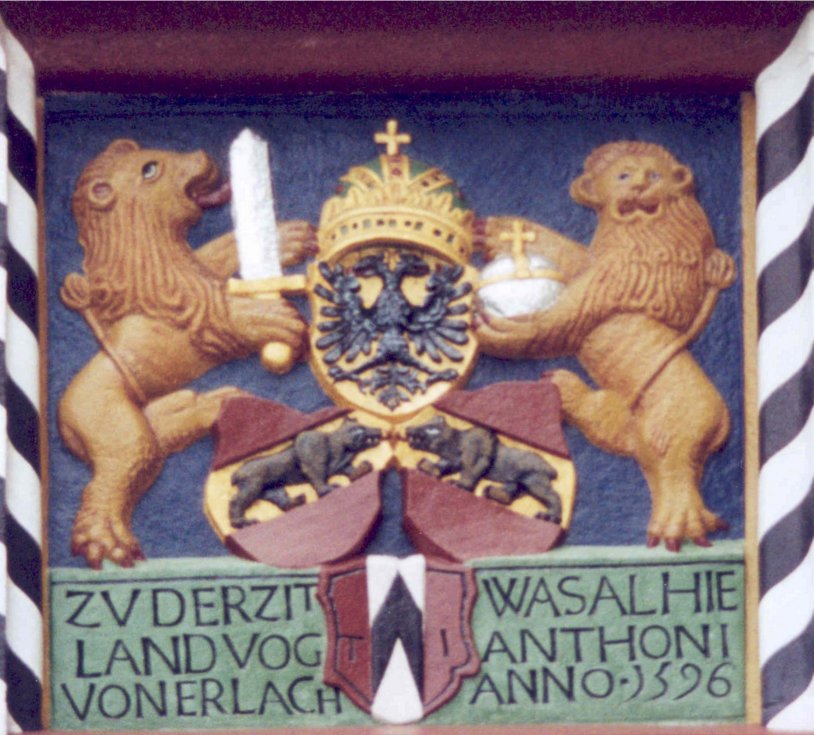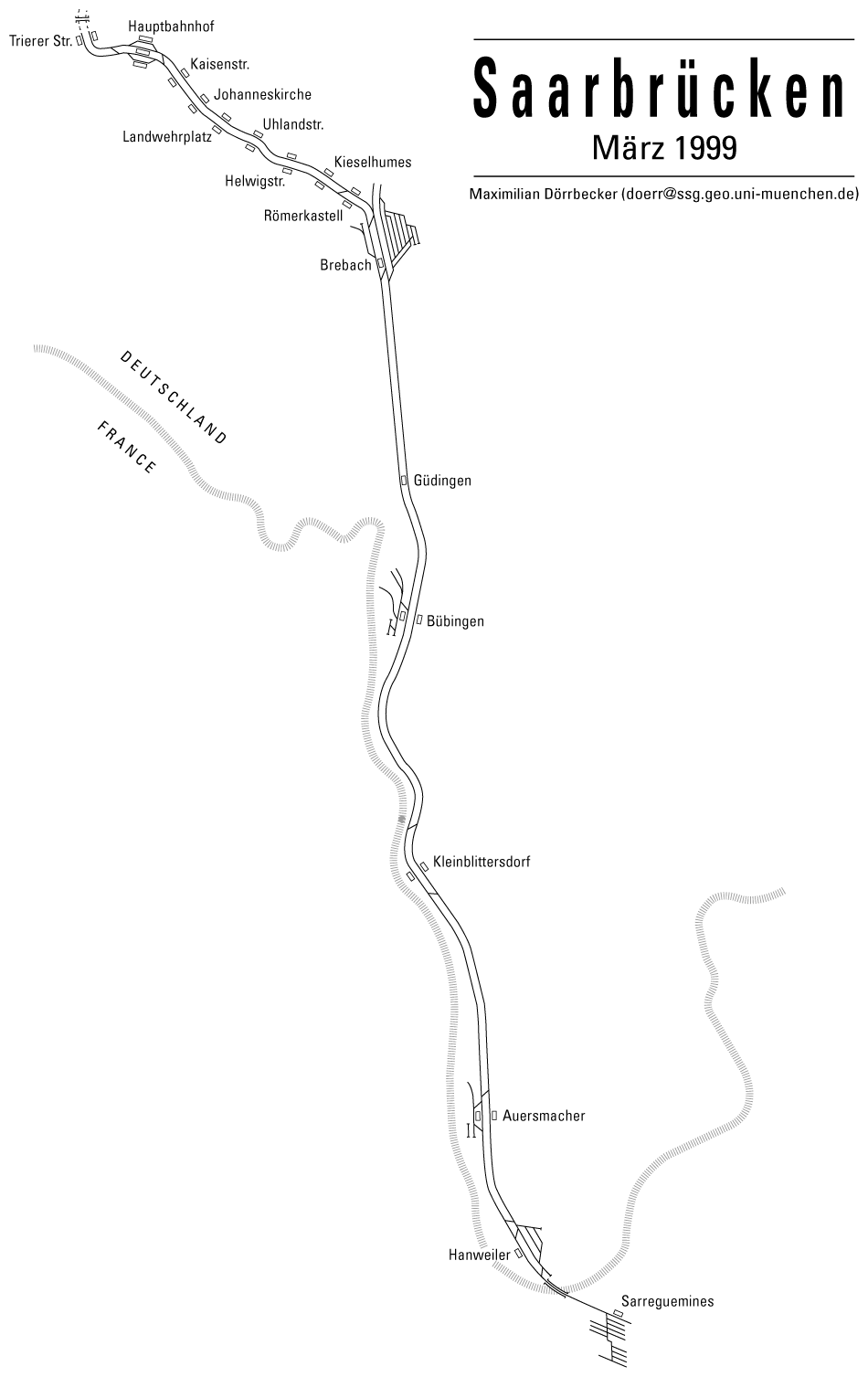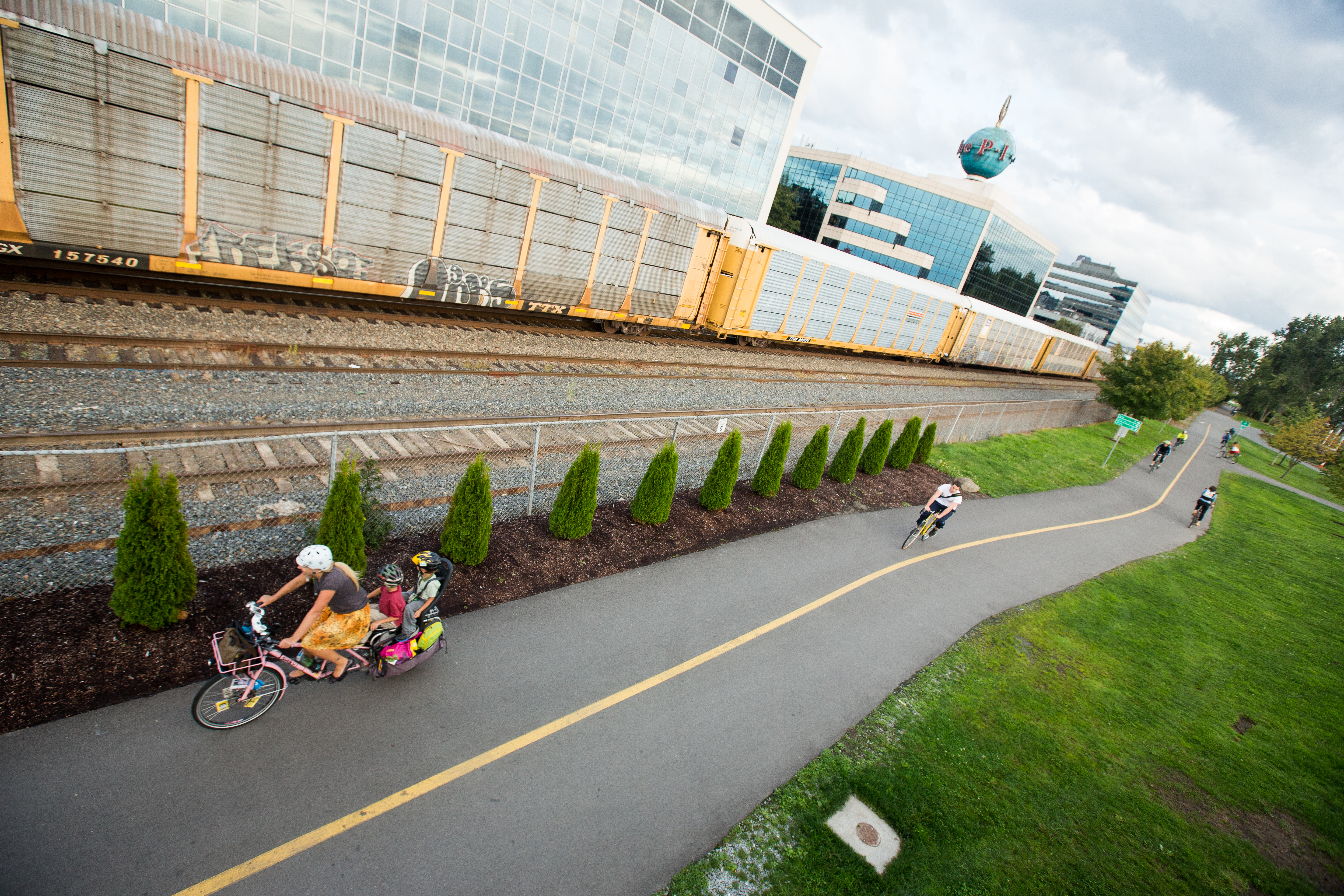|
Seetal Railway Line
The Seetal railway line (german: Seetalbahn) is a (standard-gauge) railway of the Swiss Federal Railways between Lenzburg and Lucerne in Switzerland. The line was opened in 1883 by the ''Lake Valley of Switzerland Railway Company'', which was owned by British investors, and subsequently owned by the Schweizerische Seethalbahn-Gesellschaft (SthB). As built, the line had many of the characteristics of a roadside tramway, following the parallel road almost throughout and running within the villages, separating houses from the road. Despite rebuilding to improve its safety record, much of this nature has survived to the current day. History Inception In the communities of the Seetal valley, it was hoped initially that the main line from Basel to Lucerne would be routed through the valley, but the Swiss Central Railway opted for a route via Zofingen, Sursee and Sempach. At around the same time, the engineer Theodor Lutz developed a concept for the construction of loca ... [...More Info...] [...Related Items...] OR: [Wikipedia] [Google] [Baidu] |
Lenzburg
Lenzburg is a town in the central region of the Swiss canton Aargau and is the capital of the Lenzburg District. The town, founded in the Middle Ages, lies in the Seetal valley, about 3 kilometres south of the Aare river. Lenzburg and the neighbouring municipalities of Niederlenz and Staufen have grown together in an agglomeration. History A Neolithic grave field of the Cortaillod culture has been discovered on the ''Goffersberg'' (close to the Lenzburg Castle) dating from 4300 - 3500 BCE. A Roman theater was uncovered when a motorway was built in 1964. It was part of a small settlement with 500 inhabitants that existed for approximately 200 years. The settlement was abandoned in the 3rd century. In the 5th and 6th centuries, an Alamanni settlement existed. Lenzburg is first mentioned in 924 as ''de Lencis''. In 1036, Lenzburg Castle was used for the first time as seat for the Count of Lenzburg, then an important lord. The house however died out in 1173, and the castle was the ... [...More Info...] [...Related Items...] OR: [Wikipedia] [Google] [Baidu] |
Hallwilersee
__NOTOC__ Lake Hallwil (German: ''Hallwilersee'') is a lake largely in the Canton of Aargau, Switzerland, located at . It is the largest lake in Aargau and lies mostly in the districts of Lenzburg and Kulm on the southern edge of the canton. The southern tip of the lake reaches into the canton of Lucerne. The main river leading to this lake is the Aabach, which is coming from the Lake Baldegg. Its surface is approximately 10.3 km2 and its maximum depth is 48 metres. It is a popular vacation destination. In 1938 Sir Malcolm Campbell set a world water speed record in Blue Bird K3 ''Blue Bird K3'' is a hydroplane powerboat commissioned in 1937 by Sir Malcolm Campbell, to rival the Americans' efforts in the fight for the world water speed record. She set three world water speed records, first on Lake Maggiore in Septem ... on the lake. External links * *Waterlevels of Lake Hallwilat MeisterschwandenProfile of Lake Hallwilat schweizersee.ch Lakes of Switzerla ... [...More Info...] [...Related Items...] OR: [Wikipedia] [Google] [Baidu] |
Loading Gauge
A loading gauge is a diagram or physical structure that defines the maximum height and width dimensions in railway vehicles and their loads. Their purpose is to ensure that rail vehicles can pass safely through tunnels and under bridges, and keep clear of platforms, trackside buildings and structures. Classification systems vary between different countries, and gauges may vary across a network, even if the track gauge is uniform. The term loading gauge can also be applied to the maximum size of road vehicles in relation to tunnels, overpasses and bridges, and doors into automobile repair shops, bus garages, filling stations, residential garages, multi-storey car parks and warehouses. A related but separate gauge is the structure gauge, which sets limits to the extent that bridges, tunnels and other infrastructure can encroach on rail vehicles. The difference between these two gauges is called the clearance. The specified amount of clearance makes allowance for wobbling o ... [...More Info...] [...Related Items...] OR: [Wikipedia] [Google] [Baidu] |
GTW2-8 , an American consumer advocacy organization
{{disambiguation ...
GTW may refer to: Transportation * Holešov Airport, in Zlín Region, Czech Republic Rail transport * Grand Trunk Western Railroad, an American railway * Stadler GTW, an articulated railcar * Gatwick Airport railway station, a railway station in Sussex, England Road transport * Gross trailer weight rating * Gross train weight Other uses * GTW (TV station), in Western Australia * Gateway, Inc., an American computer maker * Geosciences Technology Workshop * Global Trade Watch Global Trade Watch (GTW) is a consumer advocacy organization that focuses on trade policy. Founded in 1995 by attorney Lori Wallach, GTW is a division of U.S.-based think tank Public Citizen. GTW advocates for a greater public role in internatio ... [...More Info...] [...Related Items...] OR: [Wikipedia] [Google] [Baidu] |
Saarbahn
The Saarbahn is a regional Stadtbahn operating on the tram-train principle in the German state of the Saarland. It consists of a core line in Saarbrücken and Riegelsberg operating under tram operating procedures ( BOStrab), connected to two lines that are operated under railway operating procedures ( EBO), the Lebach–Völklingen railway to the north and the Saarbrücken–Sarreguemines railway in the south. ''Stadtbahn Saar GmbH'' is responsible for the infrastructure of the central section of line, while the outer tracks are operated by the national railway infrastructure companies, DB Netz AG in Germany and Réseau Ferré de France in France. The system is operated by ''Saarbahn GmbH'', and integrated in the (SaarVV). The route of the new line of the Saarbahn that was opened in central Saarbrücken in 1997 is essentially line 5 of the Saarbrücken tramway, which was closed in 1965. This line ran between Rastpfuhl and Schafbrücke and was the last line of the old metre-gaug ... [...More Info...] [...Related Items...] OR: [Wikipedia] [Google] [Baidu] |
Light Railway
A light railway is a railway built at lower costs and to lower standards than typical "heavy rail": it uses lighter-weight track, and may have more steep gradients and tight curves to reduce civil engineering costs. These lighter standards allow lower costs of operation, at the price of lower vehicle capacity. Narrow gauge thumb , right , 250px , Restored Molli railway at Kühlungsborn, Mecklenburg">Kühlungsborn.html" ;"title="Molli railway at Kühlungsborn">Molli railway at Kühlungsborn, Mecklenburg, Germany () In countries where a single standard gauge is dominant, the term light railway does not imply a narrow gauge railway. Most narrow gauge railways operate as light railways, but not all light railways need be narrow gauge. After Spooner's development of steam haulage for narrow gauge railways, the prevailing view was that the gauge should be tailored according to the traffic: "''The nearer the machine is apportioned to the work it has to do the cheaper will th ... [...More Info...] [...Related Items...] OR: [Wikipedia] [Google] [Baidu] |
Level Crossing
A level crossing is an intersection where a railway line crosses a road, path, or (in rare situations) airport runway, at the same level, as opposed to the railway line crossing over or under using an overpass or tunnel. The term also applies when a light rail line with separate right-of-way or reserved track crosses a road in the same fashion. Other names include railway level crossing, railway crossing (chiefly international), grade crossing or railroad crossing (chiefly American), road through railroad, criss-cross, train crossing, and RXR (abbreviated). There are more than 100,000 level crossings in Europe and more than 200,000 in North America. History The history of level crossings depends on the location, but often early level crossings had a flagman in a nearby booth who would, on the approach of a train, wave a red flag or lantern to stop all traffic and clear the tracks. Gated crossings became commonplace in many areas, as they protected the railwa ... [...More Info...] [...Related Items...] OR: [Wikipedia] [Google] [Baidu] |
Seon Verkehrszeichen Engstelle Seetalbahn Strasse 2002-09-16 0390
Seon may refer to: * Seon, Switzerland, a municipality in the canton of Aargau * ''Seon'', a type of arranged marriage in South Korea * Korean Seon, a Zen school of Korean Buddhism * Seon (food), steamed vegetable dishes with fillings in Korean cuisine * Seon (Korean name) Seon, also spelled Sun, is an uncommon Korean family name, as well as an element in Korean given names. Its meaning differs based on the hanja used to write it. Family name As a family name, Seon may be written with either of two hanja, one meani ..., including a list of people with the name * ''Seon'', Anglicisation of Gaelic forename Seán or ''Seathan'' (other Anglicisations include Sean, Shane, Eathain, Iain, and Ian, Shaun, and Shawn). * ''Seon'', like Sheehan, an Anglicised form Gaelic surname ''Ó Síocháin''. {{disambig ... [...More Info...] [...Related Items...] OR: [Wikipedia] [Google] [Baidu] |
Cycle Path
A bike path is a bikeway separated from motorized traffic and dedicated to cycling or shared with pedestrians or other non-motorized users. In the US a bike path sometimes encompasses ''shared use paths'', "multi-use path", or "Class III bikeway" is a paved path that has been designated for use by cyclists outside the right of way of a public road. It may or may not have a center divider or stripe to prevent head-on collisions. In the UK, a ''shared-use footway'' or ''multi-use path'' is for use by both cyclists and pedestrians. Bike paths with independent rights-of-way Bike paths that follow independent rights-of-way are often used to promote recreational cycling. In Northern European countries, cycling tourism represents a significant proportion of overall tourist activity. Extensive interurban bike path networks can be found in countries such as Denmark or the Netherlands, which has had a national system of cycle routes since 1993. These networks may use routes dedicated exc ... [...More Info...] [...Related Items...] OR: [Wikipedia] [Google] [Baidu] |
Swiss Confederation
). Swiss law does not designate a ''capital'' as such, but the federal parliament and government are installed in Bern, while other federal institutions, such as the federal courts, are in other cities (Bellinzona, Lausanne, Luzern, Neuchâtel, St. Gallen a.o.). , coordinates = , largest_city = Zürich , official_languages = , englishmotto = "One for all, all for one" , religion_year = 2020 , religion_ref = , religion = , demonym = , german: Schweizer/Schweizerin, french: Suisse/Suissesse, it, svizzero/svizzera or , rm, Svizzer/Svizra , government_type = Federal assembly-independent directorial republic with elements of a direct democracy , leader_title1 = Federal Council , leader_name1 = , leader_title2 = , leader_name2 = Walter Thurnherr , legislature = Federal Assembly , upper_house = Council of Stat ... [...More Info...] [...Related Items...] OR: [Wikipedia] [Google] [Baidu] |
Alternating Current
Alternating current (AC) is an electric current which periodically reverses direction and changes its magnitude continuously with time in contrast to direct current (DC) which flows only in one direction. Alternating current is the form in which electric power is delivered to businesses and residences, and it is the form of electrical energy that consumers typically use when they plug kitchen appliances, televisions, fans and electric lamps into a wall socket. A common source of DC power is a battery cell in a flashlight. The abbreviations ''AC'' and ''DC'' are often used to mean simply ''alternating'' and ''direct'', as when they modify '' current'' or '' voltage''. The usual waveform of alternating current in most electric power circuits is a sine wave, whose positive half-period corresponds with positive direction of the current and vice versa. In certain applications, like guitar amplifiers, different waveforms are used, such as triangular waves or square waves. ... [...More Info...] [...Related Items...] OR: [Wikipedia] [Google] [Baidu] |
Hertz
The hertz (symbol: Hz) is the unit of frequency in the International System of Units (SI), equivalent to one event (or cycle) per second. The hertz is an SI derived unit whose expression in terms of SI base units is s−1, meaning that one hertz is the reciprocal of one second. It is named after Heinrich Rudolf Hertz (1857–1894), the first person to provide conclusive proof of the existence of electromagnetic waves. Hertz are commonly expressed in multiples: kilohertz (kHz), megahertz (MHz), gigahertz (GHz), terahertz (THz). Some of the unit's most common uses are in the description of periodic waveforms and musical tones, particularly those used in radio- and audio-related applications. It is also used to describe the clock speeds at which computers and other electronics are driven. The units are sometimes also used as a representation of the energy of a photon, via the Planck relation ''E'' = ''hν'', where ''E'' is the photon's energy, ''ν'' is its f ... [...More Info...] [...Related Items...] OR: [Wikipedia] [Google] [Baidu] |







